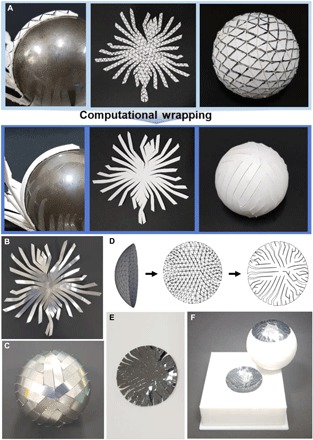Fig. 2. Concept and physical demonstration of computational wrapping.

(A) When the sum of the folding angles of a net is minimized, the crease lines can be ignored to accommodate flexible but nonstretchable stiff and brittle materials. For 500 meshes, the gaps in the case of a rigid material and the wrinkles in the case of a flexible material are no longer visible, and the difference between the two becomes imperceptible. (B) A nonstretchable stainless steel sheet is cut into a developable net. (C) With a sufficient number of meshes, the stainless steel sheet can be bent and fully wrap a sphere without creasing or folding. (D) Part of the sphere is unfolded with 400 meshes, and the crease lines are removed. (E) A 20-μm-thick brittle Si wafer is cut into an unfolded net with a laser cutter. (F) The cut Si wafer stably wraps both convex and concave frames. (Photo credit: Y.-K. Lee, Seoul National University.)
